Photos with this report (click to enlarge) | |||
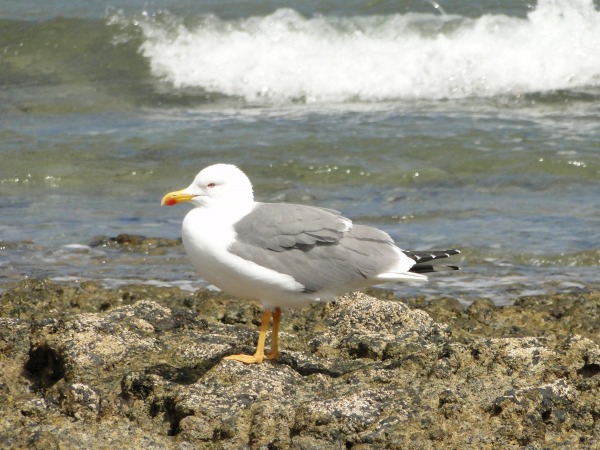 Azorean Yellow-legged Gull |
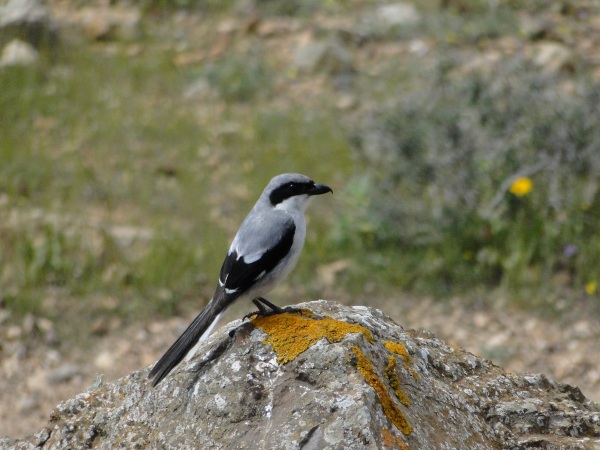 Southern Grey Shrike |
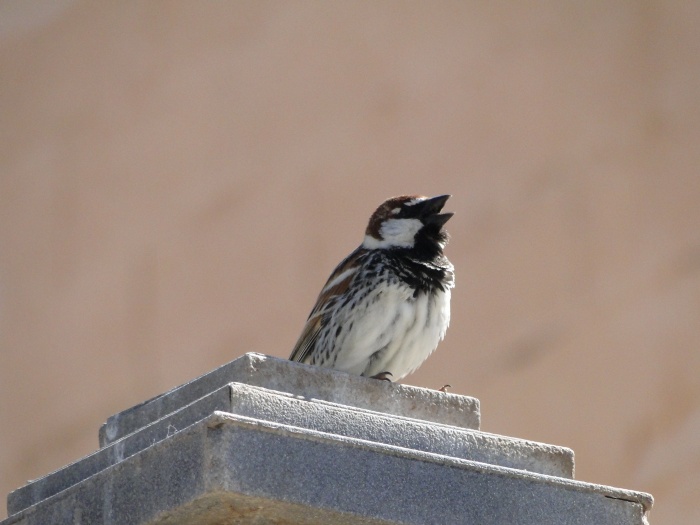 Spanish Sparrow |
|
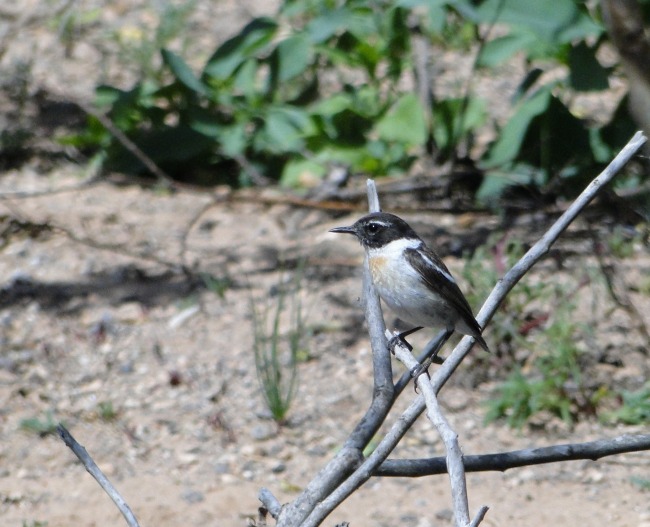 Fuerteventura Chat |
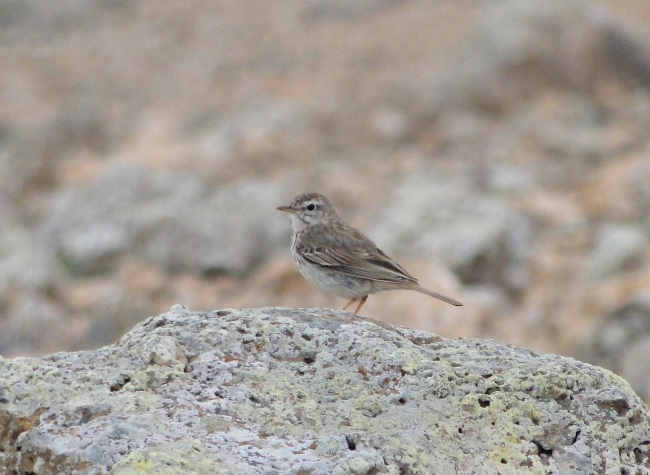 Berthelot's |
||
Introduction
This brief report provides some notes on where my wife, Alison Rowntree, and I found the key species during a week’s trip to Fuerteventura between 19th - 25th March.
We booked a package deal flying with Ryanair from Birmingham and staying at the Labranda Village in Corralejo. My review of this can be found on Trip Advisor ("PlymouthPete19"). We hired a car from CICAR in Corralejo, which we pre-booked direct, and arrangements for this went smoothly.
We used Kompass map (1:50 000) which proved excellent for our needs.
Fuerteventura has a limited number of species but includes a number of specialist birds, most of which we found relatively easily; however we failed to see any of the recently reported vagrants on the island. The following species were found relatively commonly at most sites visited: Berthelot’s Pipit, Lesser Short-toed Lark, Southern Grey Shrike, Azorean Yellow-legged Gull, Spectacled & Sardinian Warblers and Spanish Sparrow. These and a few other common birds recorded, are not mentioned in the site accounts below.
I’m grateful to Ian Teague and Gary Thoburn for various help in planning our trip. This is an independent report, not linked to any company or third party provider.
For further information please feel free to contact me - peteraley@msn.com
Pete Aley
Plymouth, UK
Key sites and their birds
La Oliva & Tindaya (central north of island): there are two key areas here. Firstly, follow the FV-10 north-west out of the village, and c500m after the Aloe Vera Centre on your right, take the track off left. Follow this until it swings to the left and scan the fenced Bustard reserve to your right. Continue along this track, bearing left (there is a right branch with no public access) and eventually it joins a track to the right, towards the coast. Turn left (south) at the end and it connects to a tarmac track (full of pot holes) running south-east to Tindaya. (On the map this is the track between Tope and Tindaya).
In this area we saw Houbara Bustard (2+), Cream-coloured Courser (8+), Black-bellied Sandgrouse (10+), all these species being recorded on more than one occasion. We also saw Egyptian Vulture, Fuerteventura Chat (2), and Trumpeter Finch once.
The second area can be found by heading south in the centre of La Oliva, past some parking areas and the swimming pool, and following the track further south. This loops round to the east and joins the FV-102. We generally found this site quiet, but did see three Trumpeter Finches. Apparently Barbary Partridges occur here.
Punta de Toston (a lighthouse at the north-west tip). Take the road north from El Cotillo or the track around the north coast from Corralejo. This site is noted for seawatching and c12 Cory’s Shearwaters passed during our visit.
Barranco Rio Cabras (just south-west of Puerto de la Rosario): a long-staying Dwarf Bittern had been seen here. Although we dipped this, the site proved the best we visited, for Fuerteventura Chat (3), Trumpeter Finch (12+) & Eqyptian Vulture (11+). Four Spoonbills were also seen.
Take the FV-20 west from Puerto de la Rosario, and c2.5km after the big roundabout which connects the FV-3, turn left and follow the track (bearing left) past a no entry track on the right to some warehouses. Just after this, park on the edge of the track and walk south across barren land (keeping the warehouses on your right) until you reach the steep river valley.
Vega de Rio Palmas (south-west of Antigua): a short walk and back along the valley. Take the FV-30 south and take the minor road right to Vega de Rio Palmas. Just after the village, park in the small parking area on your right and walk down the path along the valley. Here we came across: African Blue Tit (2), Laughing Dove (2) and Ring Ouzel (2).
En route to this site, we stopped at Betancuria, to the north on the FV-30. From this high point we saw our only definite Pallid swift of the trip.
Molinos dam (south-west of Tafia): we found a few commoner waterbirds in quite good numbers, at this wetland. Take the road north, from the GR131, north of Llanos de La Concepcion to view from the dam. Close to Llanos de La Concepcion, we unexpectedly stumbled upon a Houbara Bustard which afforded our best views of the species during the whole trip. A Grey Heron was also in the area.